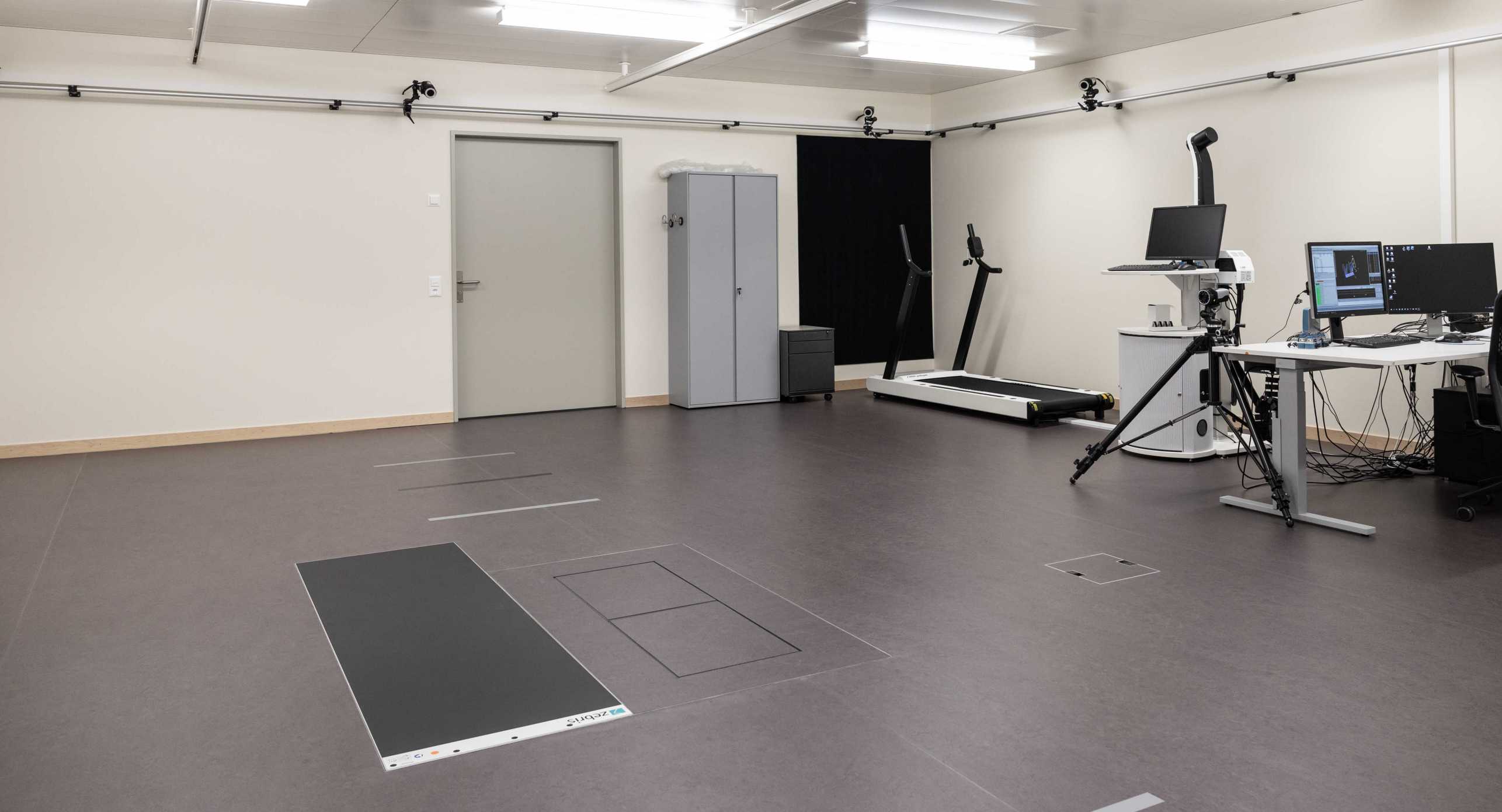Learning of Metrics and Measurement Systems for Functioning Evaluation in Ambulatory Settings
After a Spinal Cord Injury (SCI) there is a long-term effect on the ambulatory ability, therefore regaining functional abilities is one of the primary focuses of rehabilitation, much so for incomplete SCI where gait improvement would translate into better community integration and life satisfaction. Nonetheless, measurements of functional abilities and functioning levels are made in inpatient hospital settings where only one portion of the actual ability in gait or in interaction with the environment is observed.
We will research translational clinical assessment metrics based on new observational data and provide a higher-resolution view of the ambulatory ability of persons with SCI. Our focus is to develop machine learning algorithms and sensory-system tools for defining metrics and measurement systems as tools to predict the ambulatory ability of persons with SCI and over time improve clinical intervention in the rehabilitation process.
Ambulatory gait in SCI individuals and many other impairments present unique and complex patterns which hinder the proper quantitative assessment of the walking ability for chronic ambulatory conditions when translated to daily living.
In this project, we focus on finding clusters of gait patterns through unsupervised learning from a large dataset of incomplete spinal cord injury individuals. We are investigating hidden patterns in relation to the type of injuries and finding their application for future diagnosis and rehabilitation treatment.
Our focus is on discovering hidden patterns in the gait cycle of incomplete SCI for creating a stratification of expected outcomes in rehabilitation post-injury. Subsequently, we aim to develop novel relevant metrics to monitor in community settings gait ability with the aid od wearable technology in daily life, hereafter, developing automated outcome measurements on ambulatory SCI.
Prediction of gait abilities in persons with SCI has also been widely studied. Various predictive tools have been developed with clinical scales as metrics and recently, an effort has been made to use machine learning as a prognosis tool. Although these techniques have a certain degree of accuracy in predicting clinical scores, they are unable to predict biomechanical outcomes (i.e. they predict whether the person can walk, but not how well they walk). This difference has a huge implication on functioning in daily life. e.g., like persons with stroke, in SCI there is an asymmetric gait which in turn leads to osteoporosis and other conditions. Hence, there is an urgent need to develop new techniques and metrics used to measure the ambulatory ability of persons with SCI.
Statistical analysis and unsupervised ML techniques can provide insights into the predictors of ambulatory ability. Such predictors can be categorized using the movement primitives framework. This framework helps organize the new metrics into a standardized format for data entry into the ML pipeline for the classification and regression of unified metrics.
Founded by the ETH-SPS Digital Transformation in Personalized Health Care for SCI Project
Working Group
- Guilia Amos (SCAI Lab)
- KD Dr. Med. PhD Inge Eriks Hoogland (SPZ - Outpatient Unit)
- Kathrin Hartman (SPZ - Gait Analysis Lab)
- Dr. Lea Awai (Univ. Fribourg)
- Dr. Chris Awai (Research Director Cereneo Foundation)

